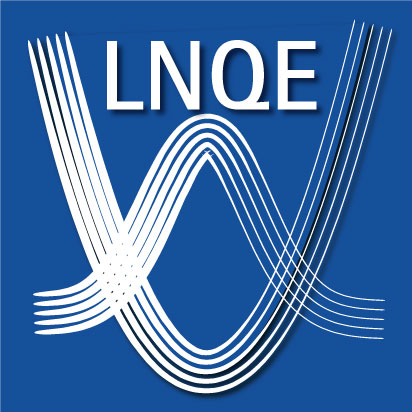11-mercaptoundecanoic acid-capped CdSe nanoplatelets were successfully self-assembled into stacks from aqueous media. Thereby, the addition of antisolvents with lower polarity than methanol (such as tetrahydrofuran or ethanol) was shown to be efficient to initialize the stacking process. Here, dependencies of the stacking amount on the antisolvent amount and antisolvent polarity were found. The stacking increases with increasing antisolvent amount and with decreasing polarity.
This work showed not only a way to directly assemble CdSe-NPL into stacks in an aqueous solution, but also identified possible driving forces for the process. To gain a deeper understanding of the driving forces and the attractive and repulsive interactions in this aqueous system, molecular dynamic simulations could be beneficial in the future.
This new direct self-assembly of CdSe-NPL-stacks in aqueous media opens up multiple processes and methods, such as gelation, photocatalysis, sensing, ink-jet printing, and photoelectrochemistry, for future applications.
Original article:
R. T. Graf, K. Tran, M. Rosebrock, H. Borg, J. Schlenkrich, F. Lübkemann-Warwas, F. Renz, D. Dorfs, and N. C. Bigall: Self-Assembly of Semiconductor Nanoplatelets into StacksDirectly in Aqueous Solution, Adv. Mater. Interfaces2023, 2300408
DOI: 10.1002/admi.202300408











